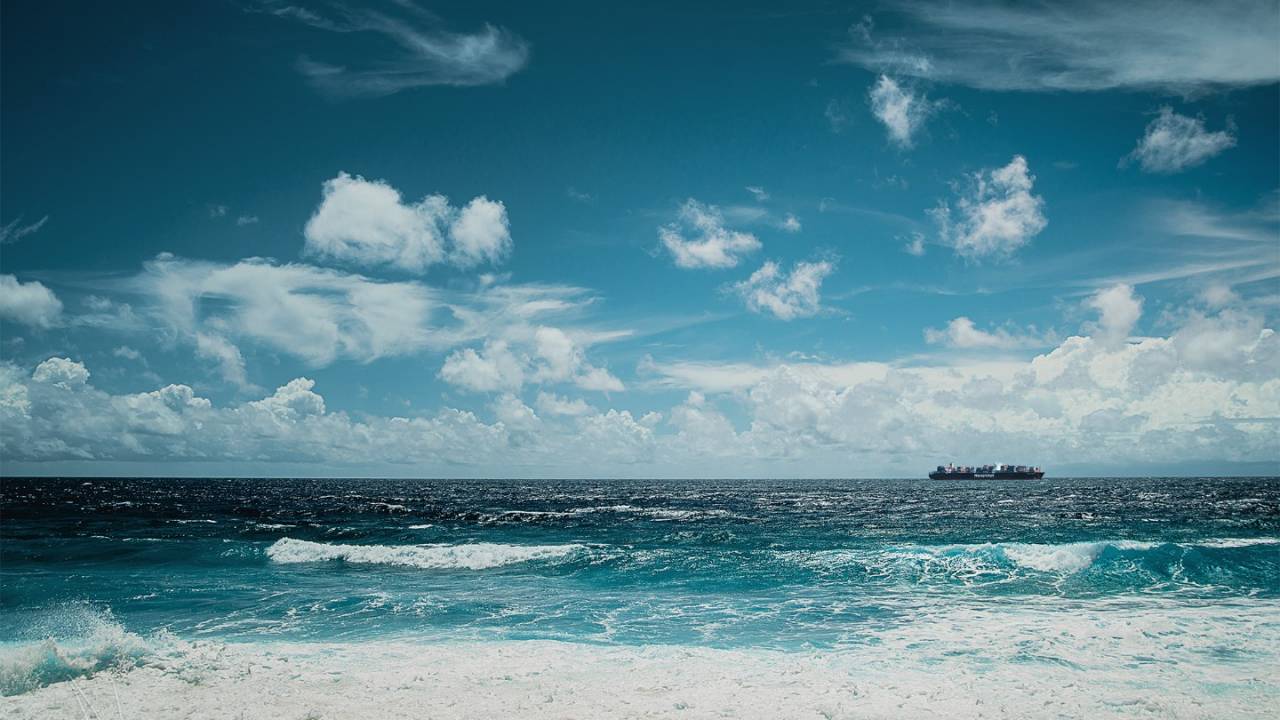Hapag-Lloyd Secures $4 Billion Green Financing

German shipping giant Hapag-Lloyd has announced a significant $4 billion long-term financing deal for 24 liquefied natural gas (LNG) dual-fuel boxships. The company booked these vessels in October 2024 at two Chinese shipyards, marking a major step in its fleet modernization and sustainability efforts. This financing strategy highlights Hapag-Lloyd’s commitment to reducing its carbon footprint while enhancing operational efficiency.
Details of the Financing Structure
The financing package comprises four key components. Hapag-Lloyd has allocated approximately $900 million from its own funds for the purchase. Additionally, two banks will provide $500 million through bilateral mortgage loans. A substantial portion, around $1.8 billion, will be financed via three leasing structures. Furthermore, $1.1 billion will be secured through a syndicated credit facility backed by the China Export & Credit Insurance Corporation (Sinosure).
This financing aligns with Hapag-Lloyd’s Green Financing Framework, which adheres to the Green Loan Principles set by the Loan Market Association (LMA). An independent expert from the Norway-based classification society DNV has verified the framework, confirming the high efficiency of the ships and their compliance with the EU taxonomy for sustainable activities.
Mark Frese, CFO/CPO of Hapag-Lloyd AG, emphasized the importance of modernizing the fleet to meet ambitious decarbonization goals. He noted that the successful completion of these financial transactions indicates a growing trend towards green financing in the shipping industry. This financing marks the first time Hapag-Lloyd has funded newbuild projects in China through a Sinosure transaction.
The 24 new boxships, with a combined capacity of 312,000 TEUs, are part of Hapag-Lloyd’s sustainability-focused fleet expansion. Twelve ships will be constructed by Yangzijiang Shipbuilding Group, each with a capacity of 16,800 TEUs, while the other twelve will be built by New Times Shipbuilding, each capable of carrying 9,200 TEUs. All vessels will feature low-emission, high-pressure LNG dual-fuel engines and will be able to utilize biomethane, potentially reducing carbon dioxide emissions by up to 95% compared to traditional propulsion systems.
Scheduled for delivery between 2027 and 2029, these newbuilds are also expected to be ammonia-ready. Hapag-Lloyd aims to cut its fleet’s absolute greenhouse gas emissions by one-third by 2030, moving closer to its goal of achieving net-zero fleet operations by 2045. This initiative aligns with broader industry efforts to meet the Paris Agreement’s 1.5-degree target and reflects the increasing importance of green financing in the maritime sector.
